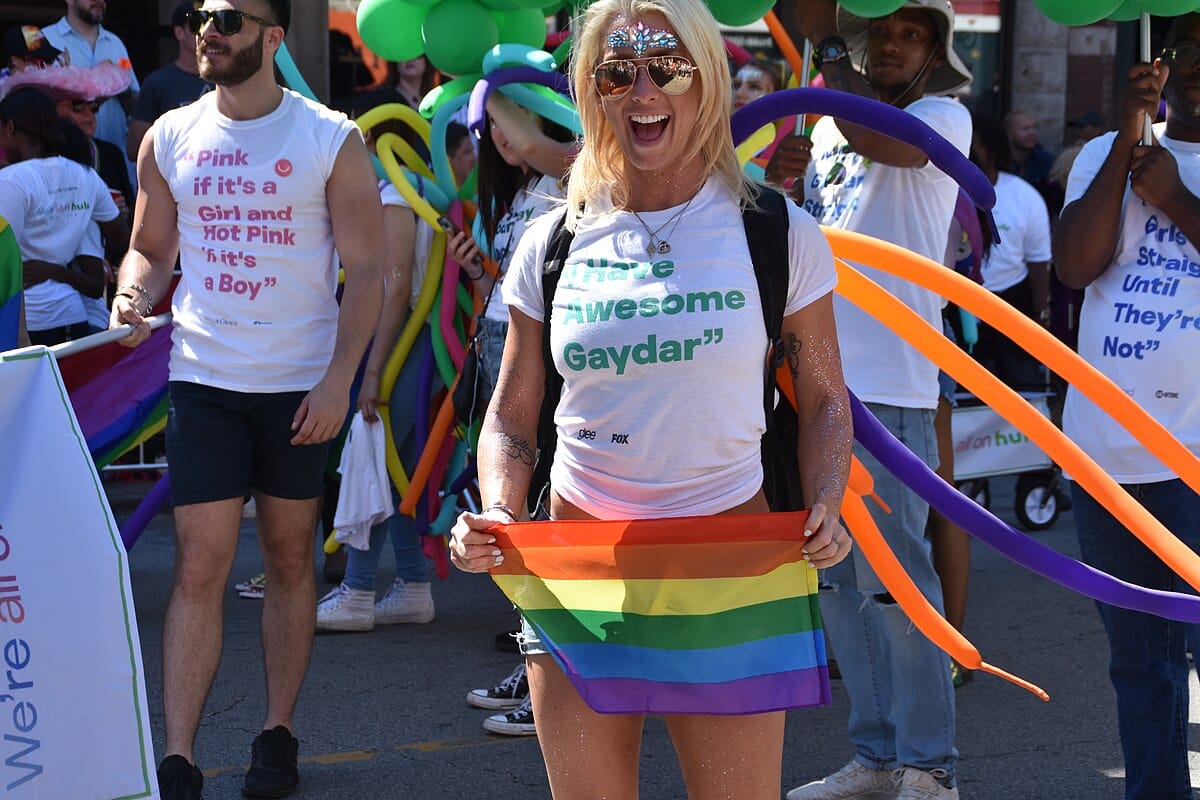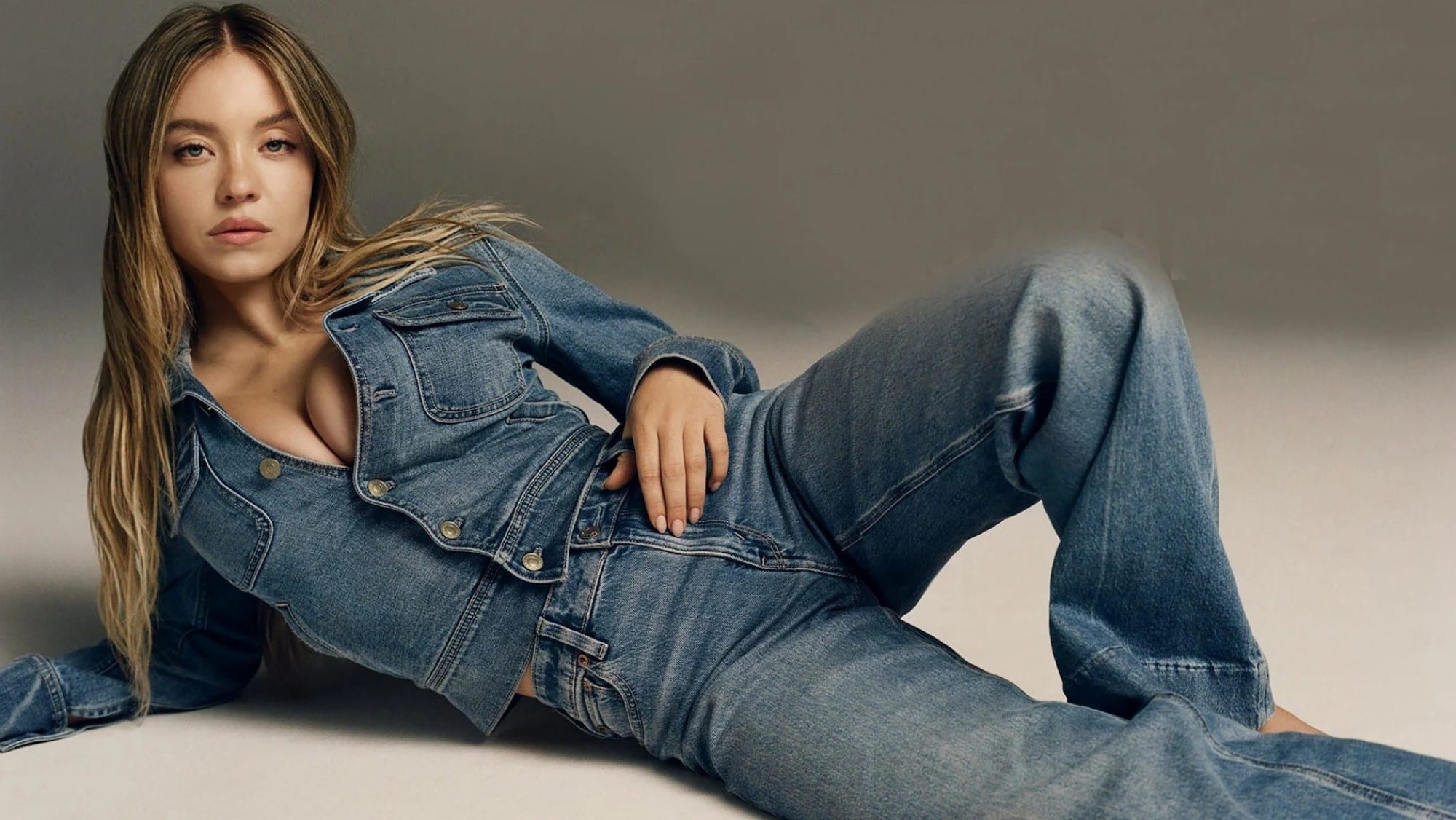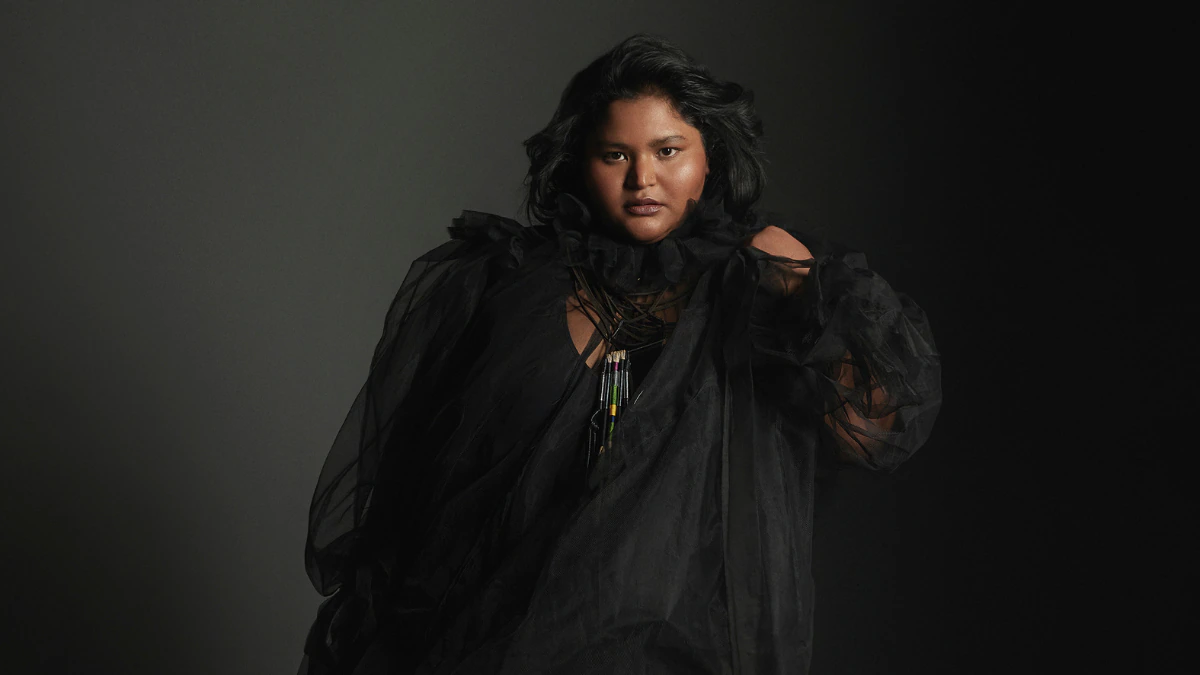One of the many strange, mysterious, explicit-yet-secret articles associated with the female body is the upper-undergarment, or the brassiere, or as most of us know it, the BRA. This one three-letter word carries with it a history of struggle- be it a struggle with power, visibility, comfort or autonomy. It is the one piece of clothing that is both splashed across billboards in town squares, as well as hidden at the bottom of laundry baskets. The bra has found itself on different sides of the feminist agenda/worldview, and continues to be attacked or defended by newer scientific research every now and then. If you ask me, and even if you don’t- because I have learnt, the hard way, to not wait to be asked- I have always had a love-hate relationship with the bra. And yes, I am a feminist.
There have been times when a female stranger or even a girl friend, has let me know that my “bra strap is showing”, or worse, has physically ‘hidden’ the strap under my top. There have been moments when I have, myself, considered the bra as an article of shame. I remember how a female classmate from school persevered in shaming me when I was only ten years old, because my bra was allegedly visible through the shirt I was wearing for a birthday party. I remember nodding dutifully when told right after the purchase of my first sports bra that telling anyone in school about this purchase was a big taboo- to be avoided at all costs. I remember tucking my bra under all my other clothes while standing in line outside a shower stall on those scorching summer days when swimming was the only respite. I remember running away in tears from the room where my grandmother sat with other women, telling them about how the bra I wore was always the wrong size for my chest.
My most vivid memory, though, is of the time I bought my first proper bra. It was acquired from the narrowest shop in the world, where two people could only stand side by side, and never one behind the other, rather symbolic of the extent of space women’s intimate products have ever been given- narrow enough to make one feel claustrophobic. Within this space, rules were inverted, discarded, or distorted, all in the interest of capitalism. A woman could walk in, shuffle across the narrow strip of tiled floor, sandwiched between a long glass display of underwear and pictures of underwear-clad women- the likes of whom would never be seen in flesh and blood on the other side of the glass- and the glass counter beyond which would be seated by a number of men, with weary faces, for whom touching and discussing bras had become a matter of economic survival and not one of libido. She could then declare her size- with a world of war caused by body type shaming waging in her head- choose the ‘design’ she wanted, and walk out with a polythene bag of intimate fabric.
Years later, I realized there really was nothing ‘strange’ about my body, or that of any other woman’s (or man’s, for that matter). The world around us just finds it convenient for us to treat our bodies with disdain and hide not just our skin but all that is closest to it. It is just easier for the world if we are the perpetrators of our own guilt. I remember going through many phases where I pushed the woman economically supporting me to buy me ‘better’ bras- ones I liked more, or at least ones that were the right size. I remember shouting at a female relative who claimed that if I wore big cup sizes my breasts would grow larger over time. I remember defending my bra as an article of independence- as a piece of clothing that made it more physically convenient to jump and jog.
I remember being called a bra-burning feminist and shaking my head in anger at the blatant spread of misinformation about the movement. I remember buying a set of bras at the age of nineteen that were finally the right size, and made me feel attractive whenever I wore them. I remember being asked by that same woman I am economically dependent upon, about whether I was sure I wanted to buy a pink bra. “Yes!” I remember screaming in the store. “Yes! I have waited far too long to wear what I love”. I remember wanting to erase out the memory of nine-year old me buying my first bra despite hating how it looked and replacing it with nineteen-year old me stripping down to my underwear when a male relative refused to leave my bedroom.
These days, hatred and love have both been suspended. I have more of a relationship of indifference with my bra. I have gone braless in public several times despite having a cup size that makes the lack of brassiere fairly evident. I have spent several days during winter not even looking at the garment, let alone wearing it. At the same time, I have paired my bras with my tops, no longer caring, sometimes even flaunting the straps. And I have not minded receiving attention from people who are able to do so without making me feel uncomfortable. Very recently, the mother of the man I love felt uneasy about him touching my laundry since it contained my rather ‘loud’ underwear.
But twenty years of dealing with the politics of shame around bodies has taught me how to negotiate with the same. And no, feminists never burnt any bras. They did, however, protest against unrealistic, patriarchal standards of women’s beauty that continue to wage a ruthless war against every little girl’s self esteem leaving her with no choice but to conform. Because feminism is all about choices. And no matter who you are, or what sex or gender you may identify with, it is never too late to choose your first bra. Or choose to ‘girlcott’ the bra entirely, if that’s what makes you happy.
Featured Image Credit: Mannequins outside a clothing store in Mumbai display bras and thong underwear. The city is poised to ban this type of display; city leaders say immodest mannequins give men “impure thoughts.” (Photo: Bianca Vazquez Tonnes) | PRI.org
About the author(s)
Aina is a student of literature, an aspiring activist and a spoken word poet.



